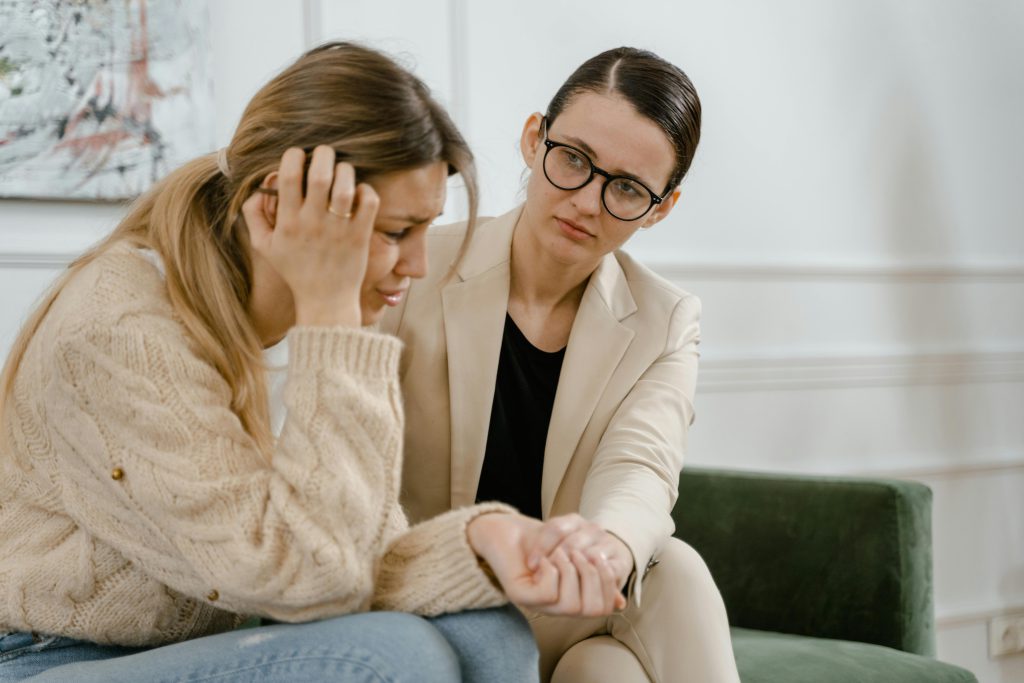
The journey of a patient with endometriosis impacts not only their own life but also those around them, including partners, family, friends, coworkers, and supervisors.
Such patients face a daily battle that affects every aspect of their lives. Endometriosis disrupts household chores, work attendance, and threatens fertility, work capacity, cognitive functions, social life, leisure activities, diet, vacations, essentially every aspect of daily life.
Because endometriosis is not a visible disability, many people around the patient tend to dismiss their symptoms and suffering. This lack of understanding can lead to conflicts, especially when the patient feels invalidated, cornered, or even begins to blame themselves for their condition. Unnoticed ruptures occur: patients may withdraw from social activities, avoid explaining their situation to others, and become withdrawn, sometimes venting frustration or anger.
How can we empathize with others’ suffering?
Often, people only truly understand what someone is going through if they have experienced it themselves. Since not everyone can have a diagnosis of endometriosis, it is crucial to educate ourselves about this condition. When the patient is a family member or friend, understanding should come more naturally. However, the biggest challenges often come from those closest to the patient.
What can we do about it? It’s crucial to approach this suffering with empathy. While it may constantly weigh on you if you let it, the right attitude towards it can gradually influence the behavior of those around you.
Open discussions about endometriosis are crucial. Only through dialogue can people begin to comprehend the challenges faced by those with the condition. Partners are especially important in this regard. Therefore, they should be encouraged to participate in meetings and events dedicated to this topic. Learning that others share similar experiences can greatly enhance their understanding.
Furthermore, raising awareness is an ongoing process that requires daily effort. Life may have functioned differently before endometriosis, but now a new approach to daily life is necessary. Understanding a partner’s chronic pain or fatigue can be challenging, but if the diagnosis is confirmed, the best course of action is to educate oneself about the condition as much as possible.
As there is currently no definitive cure for endometriosis, both the diagnosed patient and their partner must understand this reality. Both will need to reorganize their daily lives to cope with the pain and symptoms caused by endometriosis.
